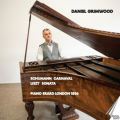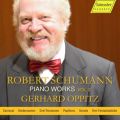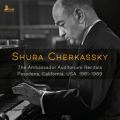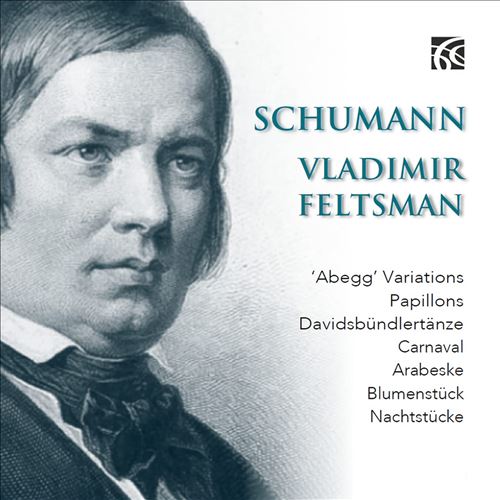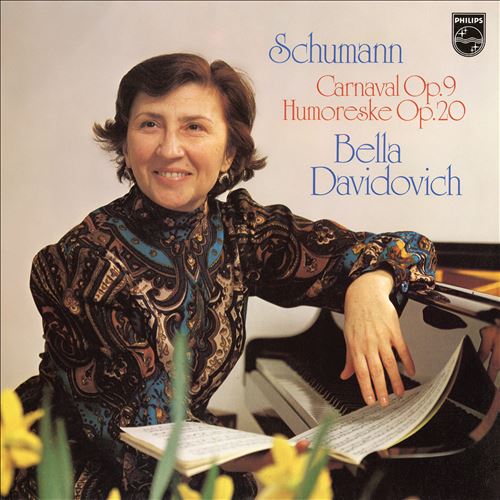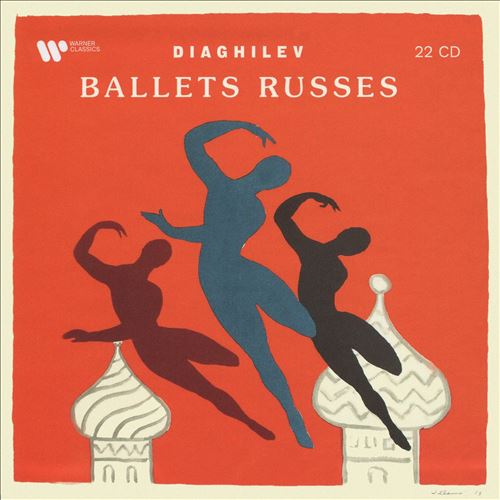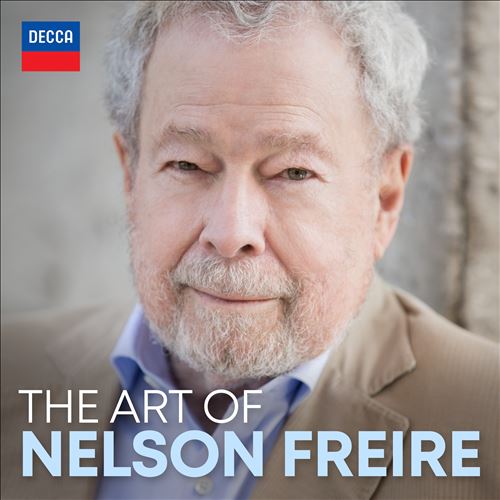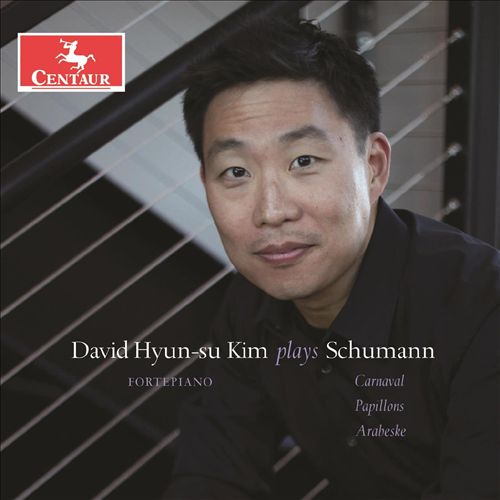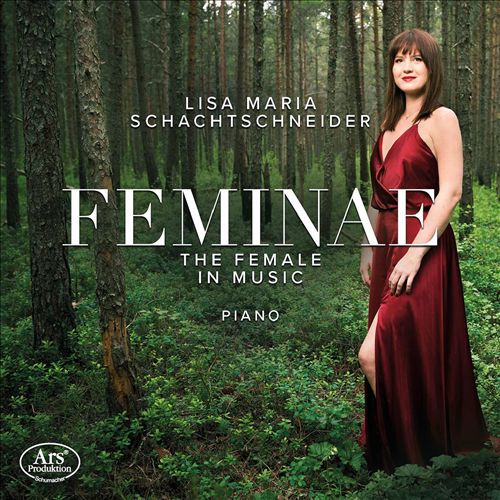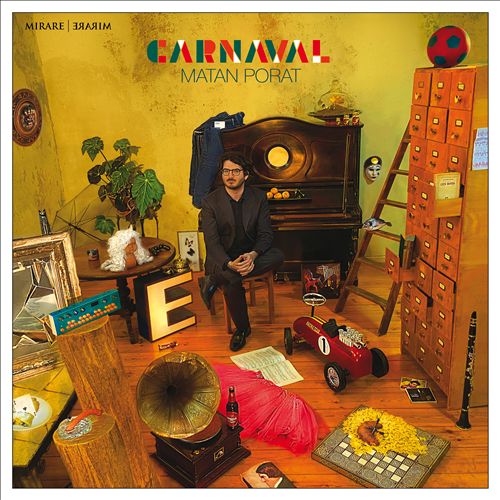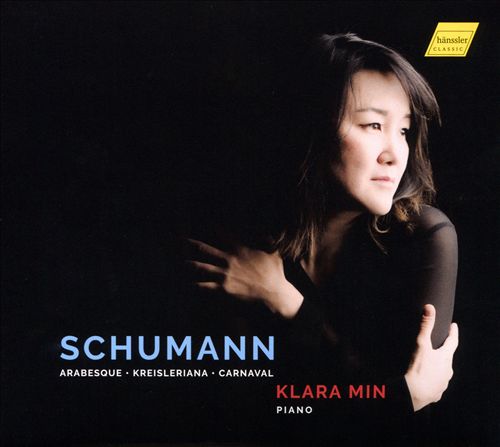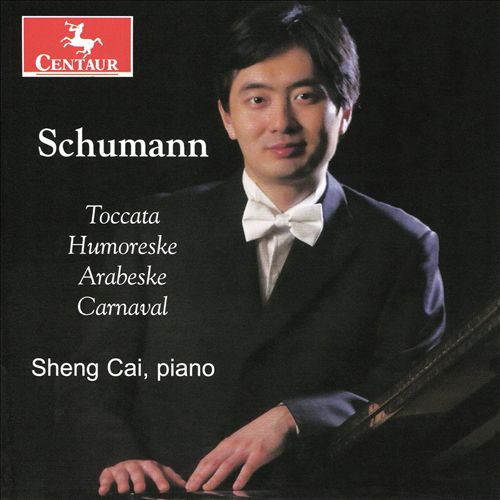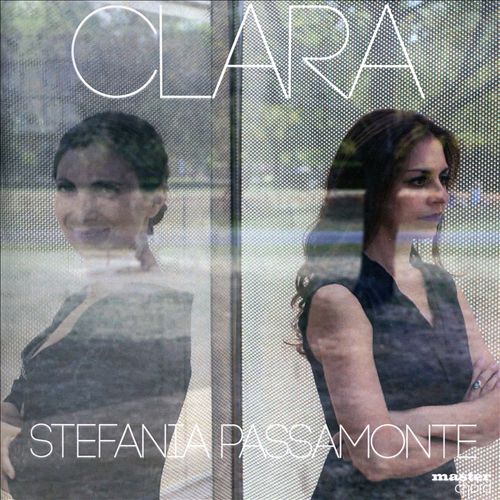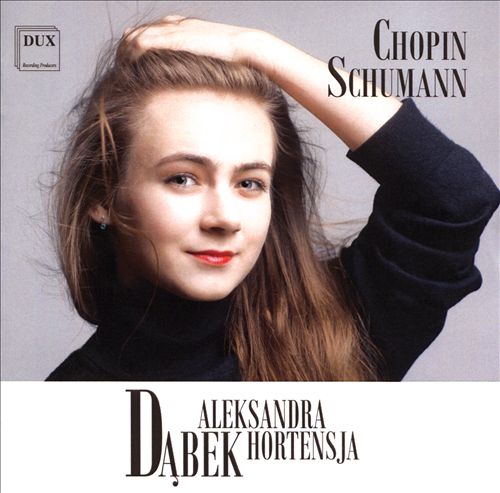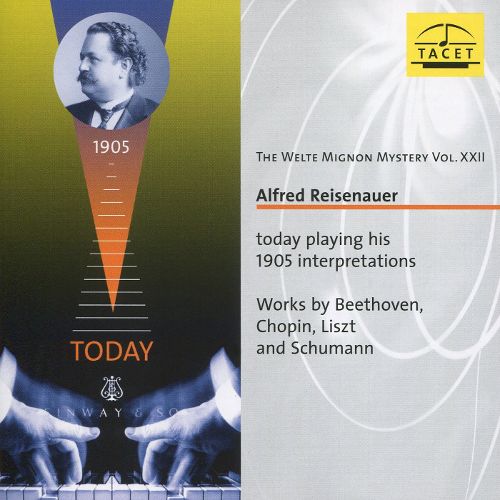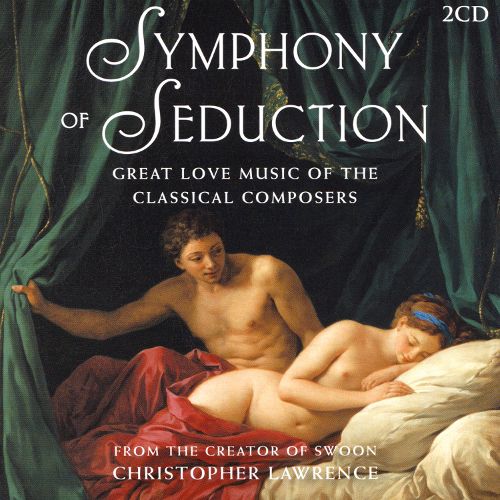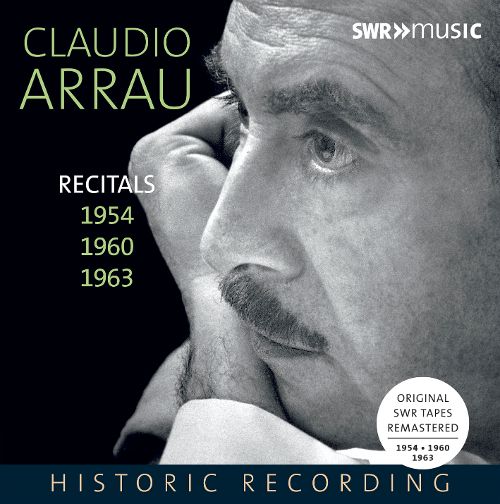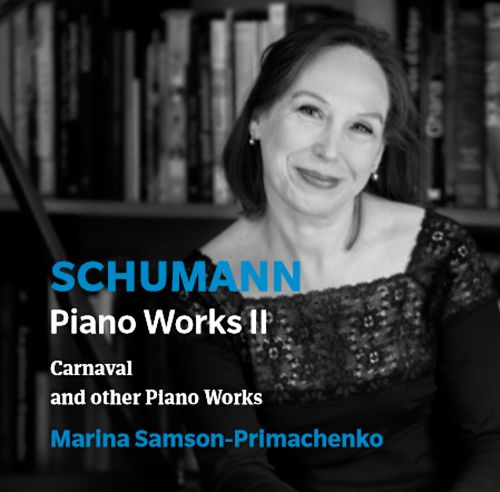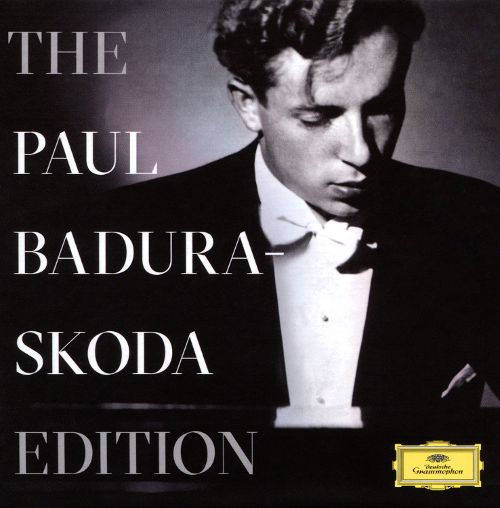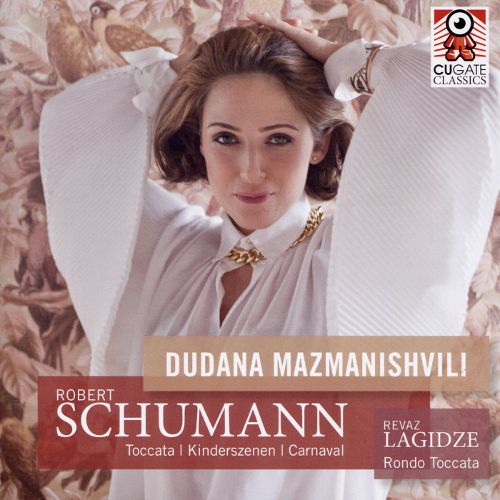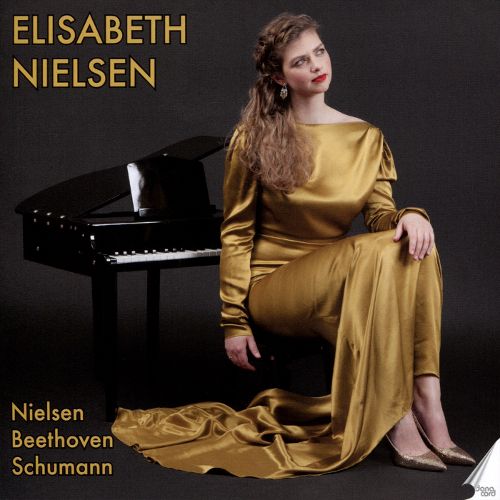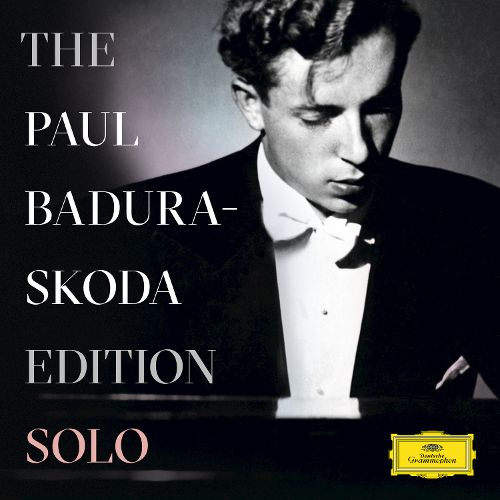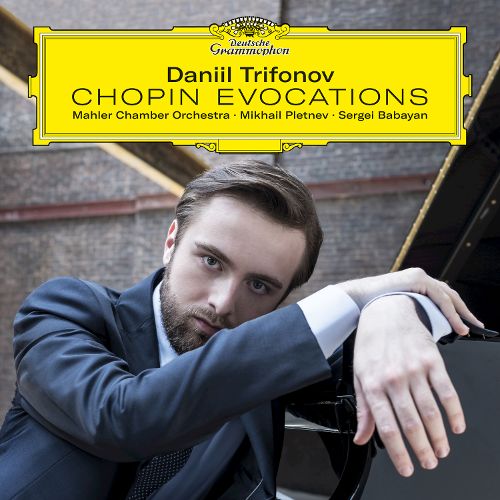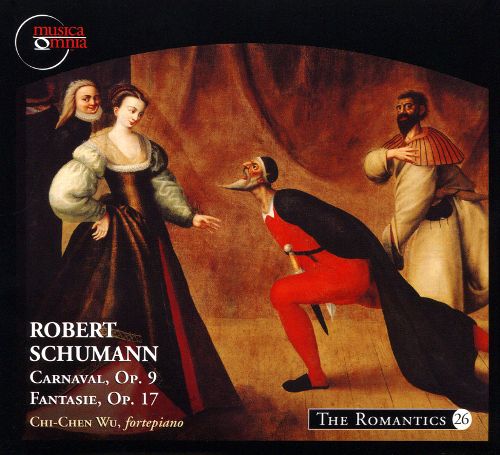Robert Schumann (로베르트 슈만)
Carnaval for piano, Op. 9
100
10,000
1,400
WORK INFO
작곡가: Robert Schumann (로베르트 슈만)작곡년도: 1833 - 1835평균연주: 28:15악장1Préambule in B flat major, Quasi maestoso2:192Pierrot in E flat major, Moderato1:293Arlequin, in B flat major, Vivo0:544Valse noble in B flat major, Un poco maestoso1:325Eusebius in E flat major, Adagio1:446Florestan in G minor, Passionato0:557Coquette in B flat major, Vivo1:158Réplique in G minor, L'intesso tempo0:509Sphinxes0:3510Papillons in B flat major, Prestissimo0:4311Lettres dansantes (A.S.C.H. - S.C.H.A.) in E flat major, Presto0:4812Chiarina in C minor, Passionato1:1113Chopin in A flat major, Agitato1:2014Estrella in F minor, Con affetto0:3115Reconnaissance in A flat major, Animato1:4116Pantalon et Colombine in F minor, Presto0:5617Valse allemande in A flat major, Molto vivace0:5618Paganini in F minor, Intermezzo, Presto1:1619Aveu in F minor, Passionato1:0520Promenade in D flat major, Con moto2:1121Pause, in A flat major, Vivo, precipitandosi0:1822Marche des Davidsbundler contre les Philistins in A flat major, Non Allegro3:50Carnaval, Op. 9, is a work by Robert Schumann for piano solo, written in 1834–1835, and subtitled Scènes mignonnes sur quatre notes (Little Scenes on Four Notes). It consists of 21 short pieces representing masked revelers at Carnival, a festival before Lent. Schumann gives musical expression to himself, his friends and colleagues, and characters from improvised Italian comedy (commedia dell'arte). The four notes are encoded puzzles, and Schumann predicted that "deciphering my masked ball will be a real game for you." The 21 pieces are connected by a recurring motif. In each section of Carnaval there appears one or both of two series of musical notes. These are musical cryptograms, as follows:The first two spell the German name for the town of Asch (now Aš in the Czech Republic), in which Schumann's then fiancée, Ernestine von Fricken, was born. The sequence of letters also appears in the German word Fasching, meaning carnival. In addition, Asch is German for "Ash," as in Ash Wednesday, the first day of Lent. Lastly, it encodes a version of the composer's name, Robert Alexander Schumann. The third series, S-C-H-A, encodes the composer's name again with the musical letters appearing in Schumann, in their correct order. Carnaval had its origin in a set of variations on a Sehnsuchtswalzer by Franz Schubert, whose music Schumann had only discovered in 1827. The catalyst for writing the variations may have been a work for piano and orchestra by Schumann's close friend Ludwig Schuncke, a set of variations on the same Schubert theme. Schumann felt that Schuncke's heroic treatment was an inappropriate reflection of the tender nature of the Schubert piece, so he set out to approach his Variations in a more intimate way, and worked on them in 1833 and 1834. The work was never completed, however, and Schuncke died in December 1834, but Schumann did re-use the opening 24 measures for the opening of Carnaval. Andreas Boyde has since reconstructed the original set of Variations from Schumann's manuscript; Romanian pianist Herbert Schuch has recorded this reconstruction, with his own editorial emendations, for the Oehms Classics label. In Carnaval, Schumann goes further musically than in Papillons, Op. 2, for he himself conceives the story of for which it serves as a musical illustration. Each piece has a title, and the work as a whole is a musical representation of an elaborate and imaginative masked ball during carnival season. Carnaval remains famous for its resplendent chordal passages and its use of rhythmic displacement, and has long been a staple of the pianist's repertoire. Schumann dedicated the work to the violinist Karol Lipiński. Both Schumann and his wife Clara considered his solo piano works too difficult for the general public. (Frédéric Chopin is reported to have said that Carnaval was not music at all. Chopin did not warm to Schumann on the two occasions they met briefly, and had a generally low opinion of his music.) Consequently, the works for solo piano were rarely performed in public during Schumann's lifetime, although Franz Liszt performed selections from Carnaval in Leipzig in 1840. However, today, despite its immense technical and emotional difficulty, it is one of Schumann's most often performed works. Heinz Dill has mentioned Schumann's use of musical quotes and codes in this work. Eric Sams has discussed literary allusions in the work, such as to novels of Jean-Paul.
- A, E-flat, C, B – signified in German as A-S-C-H
- A-flat, C, B – signified in German as As-C-H
- E-flat, C, B, A – signified in German as S-C-H-A.
The work has 22 sections, 20 of which are numbered. Schumann did not number Sphinxes (which comes between the 8th and 9th numbered sections) or Intermezzo: Paganini (between the 16th and 17th).From WIKIPEDIA
RELEASED ALBUMS
-
Daniel Barenboim plays Schumann, BeethovenJuly 17, 2025
-
Schumann: Carnaval; Liszt: SonataApril 18, 2025
-
Sergio Fiorentino: The LegacyApril 18, 2025
-
Robert Schumann: Piano Works, Vol. 2January 3, 2025
-
The Ambassador Auditorium Recitals: Pasadena, California, 1981-1989November 15, 2024
-
The Young SchumannNovember 15, 2024
-
Schumann: Wild | MildOctober 4, 2024
-
Schumann: 'Abegg' Variations; Papillons; Davidsbündlertänze; etc.January 6, 2023
-
Schumann: Carnaval Op. 9; Humoreske Op. 20 [Bella Davidovich: Complete Philips Recordings, Vol. 6]August 19, 2022
-
Diaghilev: Ballets RussesMarch 11, 2022
-
Fête du Soleil2022
-
The Art of Nelson FreireNovember 8, 2021
-
David Hyun-su Kim plays SchumannOctober 1, 2021
-
Feminae: The Female in MusicFebruary 5, 2021
-
CarnavalSeptember 18, 2020
-
Schumann: Arabeske; Kreisleriana; CarnavalMay 15, 2020
-
Schumann: Toccata; Humoreske; Arabeske; CarnavelMarch 15, 2019
-
Clara2019
-
Chopin, SchumannNovember 2, 2018
-
The Welte Mignon Mystery, Vol. XXII: Alfred Reisenauer today playing his 1905 interpretationsJuly 6, 2018
-
Schumann, Beethoven, LisztJune 1, 2018
-
Symphony of Seduction: Great Love Music of the Classical ComposersFebruary 2, 2018
-
Claudio Arrau: Recitals 1954, 1960, 1963January 12, 2018
-
Schumann: Piano Works, Vol. 2 - Carnaval and other Piano WorksJanuary 5, 2018
-
The Paul Badura-Skoda EditionOctober 20, 2017
-
Robert Schumann: Toccata; Kinderszenen; CarnavalOctober 20, 2017
-
Nielsen, Beethoven, SchumannOctober 13, 2017
-
The Paul Badura-skoda Edition: Solo RecordingsOctober 6, 2017
-
Schumann: Carnaval, Op.9, 12. Chopin [Instant Grat]September 15, 2017
-
Robert Schumann: Carnival, Op. 9; Fantasie, Op. 17September 1, 2017
FEATURED MOVIES
-
 44:51슈만: 사육제 Op. 909.02.2012Bucharest
44:51슈만: 사육제 Op. 909.02.2012Bucharest -
 27:46슈만: 사육제 Op. 92014Delia Steinberg Piano Contest
27:46슈만: 사육제 Op. 92014Delia Steinberg Piano Contest -
 28:12슈만: 사육제 Op. 9May, 2011Arthur Rubinstein Piano Master Competition, Tel Aviv
28:12슈만: 사육제 Op. 9May, 2011Arthur Rubinstein Piano Master Competition, Tel Aviv -
 04:30슈만: 사육제 Op. 9 Chiarina , Chopin , Reconnaissance , Pantalon et Colombine2012
04:30슈만: 사육제 Op. 9 Chiarina , Chopin , Reconnaissance , Pantalon et Colombine2012 -
 29:16슈만: 사육제 Op. 92014
29:16슈만: 사육제 Op. 92014 -
 24:06슈만: 사육제 Op. 92014Delia Steinberg Piano Contest
24:06슈만: 사육제 Op. 92014Delia Steinberg Piano Contest
ALBUM MUSIC
WORKS SHOUTS



